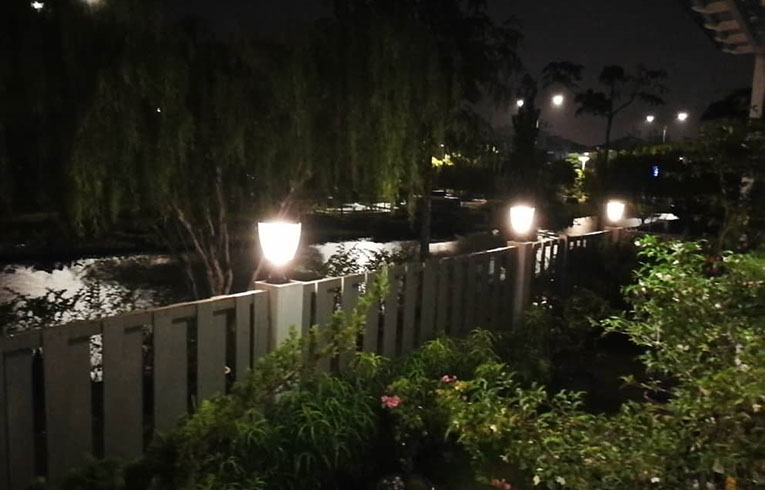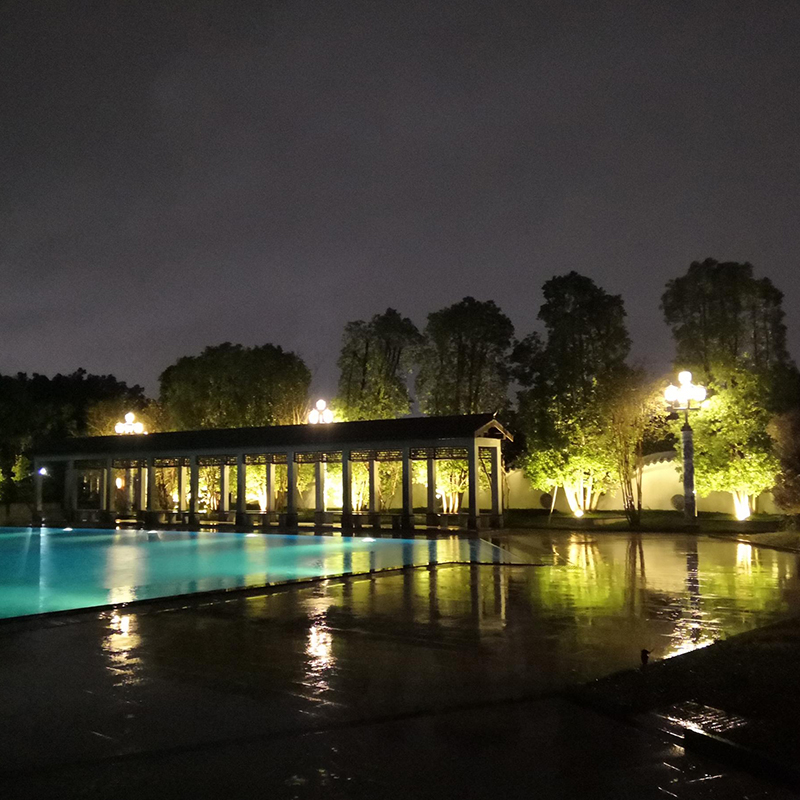When choosing outdoor solar lights for your home, there are several things to consider to ensure you choose the right light for your needs.
Where to install the lamp
Ensure that the area has enough sunlight to power the solar panels during the day. You should also take into account the size and layout of the area you want to light, as well as any other lighting you may already have. This will help you determine how many lights you will need and what size and style of light will be most effective.
The brightness of the light
Solar lights come in a range of lumen ratings, which indicate how bright the light is. If you want a large area of bright light, look for a light with a high lumen rating. You can choose a light with a lower lumen rating if you only need a small amount of light to illuminate a pathway or garden.

Types of solar panels
The three most common types of solar panels used to power the sun are amorphous silicon, polycrystalline silicon, and monocrystalline silicon solar panels. Monocrystalline panels are considered the most efficient, with photovoltaic conversion efficiencies ranging from 15-21%, but they are also the most expensive.
Polycrystalline silicon panels can achieve a photovoltaic conversion efficiency of 16% and are now used by most lighting manufacturers due to their lower manufacturing costs.
Amorphous silicon (thin film) solar panels have the lowest efficiency of 10% and below and are mainly used to charge low-power electronic devices.
Battery capacity
The larger the battery capacity, the longer the battery life under the same conditions. In addition, the number of battery cells affects the battery life, the more cells, the longer the battery life.
Lamp performance
Solar lamps and lanterns are usually used in outdoor environments, the outdoor environment is poor, so the waterproof, dustproof, and anti-corrosion ability of the lamps and lanterns should meet the relevant standards, usually IP65 waterproof and dustproof grade can be.

Charging time and running time
Be sure to know how long it will take for the solar lights you need to buy to be fully charged and how long they can run between charges. Generally speaking, a standard solar panel can be fully charged within 6 to 8 hours in clear weather conditions. This time may be slightly longer or shorter, depending on the efficiency of the solar panel and where it is installed.
The operating time of a solar panel depends on the amount of electrical energy stored in the solar street light battery. If the solar panels can be fully charged during the day, then the solar street light can run for a full day at night.
Table of Contents